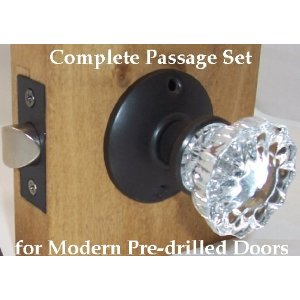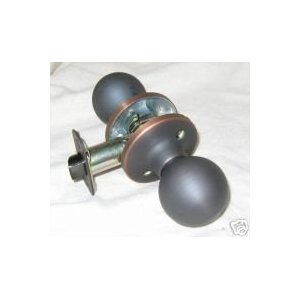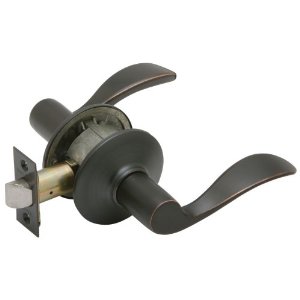Home
Woodworking
Hand Railings
Skirt Boards
Crown Molding
Bidding
Wainscoting
Chair Rail
Interior Doors
Closet Doors
Exterior Doors
Installing Doors
Baseboard
Installing Baseboard
Windows
Install Cabinets
Hand Tools
Power Tools
Blog
Contact
Link Partners
Tool Reviews
About Me
Can't Find Something?
Check The Sitemap
Site Map
Woodworking
Hand Railings
Skirt Boards
Crown Molding
Bidding
Wainscoting
Chair Rail
Interior Doors
Closet Doors
Exterior Doors
Installing Doors
Baseboard
Installing Baseboard
Windows
Install Cabinets
Hand Tools
Power Tools
Blog
Contact
Link Partners
Tool Reviews
About Me
Check The Sitemap
Site Map
[?] Subscribe To This Site
Interior Door Hardware
How To Safely Select Interior Door Hardware
Interior door hardware includes items to assist in the opening and closing of a door, such as doorknobs, lever-style handles and locks. The do-it-yourself homeowner might get a kick out of picking out the perfect hardware for his or her doors; however, there are a multitude of items, ingredients and elements to consider.
Door knobs will be a prime focus point in this project. The initial step - even prior to running to the hardware store and picking out the shiniest, most reflective knob - is to break out the old reliable tape measure and check the thickness, or depth, of all of the doors that are having doorknobs installed in them. This is a vital part of the door hardware replacement or installation process, especially for those who have oddly sized doors, like many found in old houses.
Standard doors are 1.75 inches, or 4.5 centimeters deep, but as with many areas of home repair, standard does not always mean it's a trustworthy number. Measuring first takes the guesswork out of it, so that there are (hopefully) no size mistakes or surprises when it comes to installing the doorknob.

At this point in the process, one will need to select the type of door hardware to install. As indicated above, the common doorknob is the most popular choice. However, it is important to think about who will typically be using the door before making a final decision on the hardware.
There are a lot of people who prefer a lever-style door handle because they feel this design is easier to operate. Young children, people of an advanced age, arthritis sufferers and others who have a decreased physical capacity will most likely appreciate this type of design.

The time has come to examine the different types of locks available as part of the door hardware. In doing so, first consider the hardware generally used in exterior doors for comparison. A dead-latch and a dead-bolt keyed on the outside and utilizing a thumb-turn or turn-button on the inside is typical of most exterior doors' lock hardware.
With interior door hardware, determine whether a lock is actually needed or desired and if it is, determine just how secure of a lock the door will require. It might sound obvious, but it's crucial to remember that one should never install a door with the keyed side facing the room's interior. This can be hazardous to people because if they find themselves in an emergency situation, they could be trapped inside the room if they don't have a key.
The most important things to remember when it comes to interior door hardware are that one should choose sturdy products able to withstand heavy use; select the hardware that best matches the overall decor of the house; and take proper measurements before heading to the store.
Return From the Interior Door Hardware page back to prehung interior doors page.
Return From Interior Door Hardware Page to Home - Finishcarpentryhelp.com.


